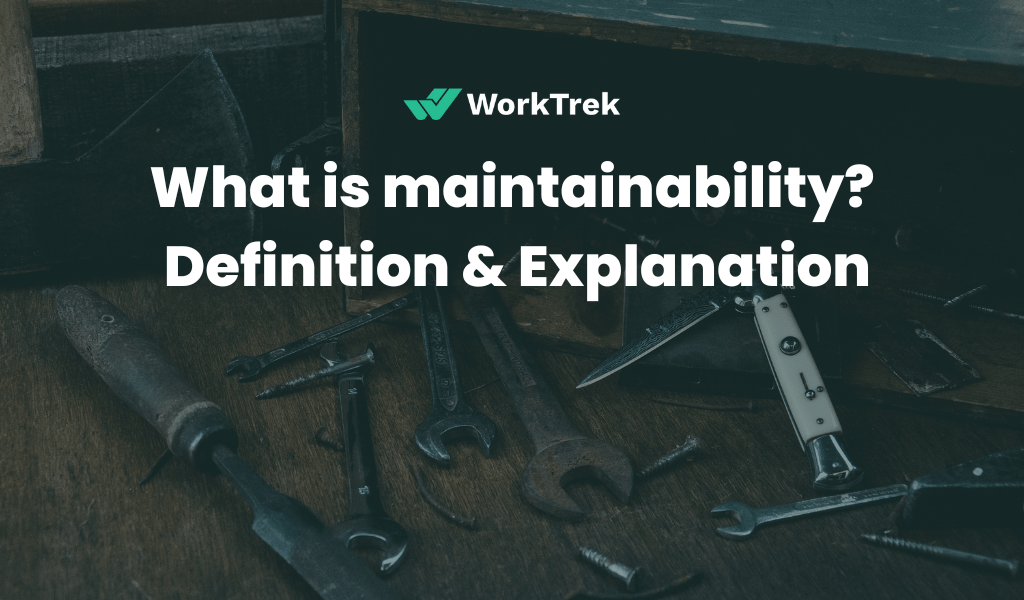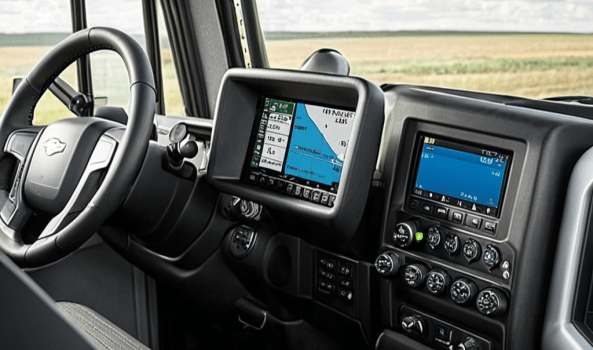Get a Free WorkTrek Demo
Let's show you how WorkTrek can help you optimize your maintenance operation.
Try for freeWhat is maintainability?
Maintainability or “maintenance according to design” is the requirement of the maintenance technical personnel team directly from the design stage to promote its tasks. The optimization of design can reduce time and intervention costs.
The maintenance department usually takes its turn at the end of the cycle. This means that after the products are designed and distributed, the maintenance team is trained to maintain them without requiring in advance.
Architects often require the restrictions and requirements of operators and maintaining agents by mistake, and ignore the restrictions and requirements of collecting feedback.
The concept of maintainability is to reverse the order of things. Starting from the design stage, the maintenance team has their views on the correlation of decisions. For example, can we easily access the subsystem, disassemble and assemble it?
According to the definition, maintainability is the ability of equipment to be repaired, in a given time, at a lower cost, and under specified conditions. Its initial reliability must also be obtained again.
What is Maintainability?
What is the meaning of maintainability? Maintainability refers to the ability of your manufacturing or maintenance team to swiftly identify and locate a problem, fix it, and reinstate the functionality of the asset, minimizing any downtime.
If we searched for the meaning of the word “maintainability”, we mainly found technical academic articles for internal personnel, not easy to understand. However, between data, numbers, and formulas, the meaning of the term can escape, which seems to be almost in line with a real task.
The concept of maintainability has been used from the early stage of product design. We have begun to consider how to maintain assets or investment tomorrow, and how to simplify maintenance activities.
The purpose of maintainability is to measure the possibility of restoring assets to normal operating states after maintenance.
In short, the concept of maintainability includes the entire life cycle of more or less complicated assets, so considering that sooner or later, maintenance and intervention measures are required. For example, for this reason, the main part of the operator cannot be unavailable, otherwise there will never be too many complicated key components. These components may make intervention difficult and more difficult. Consider reading, what is preventive maintenance and how it is done.
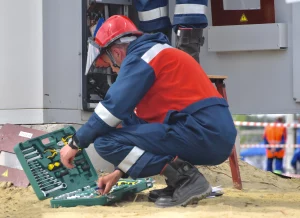
How is Maintainability Measured?
In order to measure the maintainability of assets, systems, or machines, you must be able to quantify the efforts of implementation and maintenance.
If this sounds known, this is because the most common and simplest way to analyze this is to measure the mean time to repair or MRI.
To calculate it we simply need to take the actual repair time of the asset and divide it by the number of failures that the asset has reported.
Another important metric to consider when talking about the maintainability of a plant is that relating to the average time between two maintenance interventions (preventive or breakdown), i.e. the MTBM.
This metric does not take into consideration the downtime of the machine or of the plant including the fault, but it is a statistical average of the times of availability between one maintenance intervention and the next, i.e. the unproductivity due to the fault but also the induced from scheduled maintenance.
The calculation of the MTBM allows the Maintenance Engineering to carry out an analysis regarding the design of the machinery, precisely considering the scheduled downtimes and therefore the possibility of reducing them.
In a nutshell, the study of the construction of a machine or a plant must have as its cardinal principle that of creating an asset that potentially may not require maintenance interventions due to breakdowns, and that scheduled maintenance becomes less and less necessary. Read next, the top 5 maintenance metrics you should always have in mind.
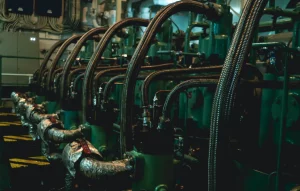
The Maintainability Of The Systems
The term maintainability in the industrial field can mean on the one hand the ease with which it is possible to intervene on an asset and on the other the probability that corrective action will be necessary for a given period of time.
Design And Maintenance
During the design phase, the designer, through the definition of the constructive and functional characteristics of an asset – such as accessibility, safety, and ergonomics – verifies the aptitude of a plant to be maintained, thus making maintainability an intrinsic characteristic of the project.
To ensure correct maintenance management, it is also necessary to carry out a maintenance check each time a change is applied to the resource, i.e. it is necessary to verify whether the standard intervention times envisaged are actually respectable.
The Parameters Of Maintainability For Plants
In order to be defined as maintainable, a plant or asset in the design phase must comply with the specifications of 7 parameters:
- It must be accessible, i.e. be designed in such a way that each of its parts allows easy inspections and repairs. The verifications of these characteristics can be carried out through the BIM system.
- It must be possible to disconnect and remove each component or in any case the most important ones, without there being the need to remove others.
- The components subject to disassembly for maintenance operations must be designed so as to be easily transportable.
- The parts of the asset must be designed to facilitate cleaning activities as much as possible.
- It is good practice to standardize the type of components and diversify the equipment as little as possible in order to have a higher level of interchangeability.
- Each component must be able to be replaced by an equivalent one, without making technical installation modifications.
- Tests and data readings must be easy to do.
See also, the guide to plant operations management.
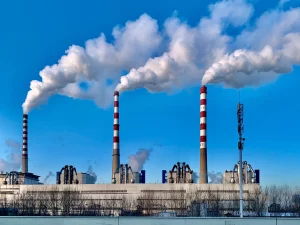
Maintainability In Design
In addition to these parameters that are to be considered basic for the design of the main assets, it is also necessary to consider the characteristics relating to operability, reliability, availability, and safety, present in the RAMS analysis.
Maintainability In The Start-Up Phase
The purpose of this phase is to verify how much the design has taken into account the needs of maintenance.
The longer duration of the interventions is reflected in the maintenance plan, leading to an increase and lengthening of the workload.
The analysis has as evaluation requirements the parameters of accessibility, extractability, manipulability, cleanability, and testability seen previously and as specifications the calculation metrics and predefined evaluation levels. Consider reading also, how to develop a facility maintenance plan.
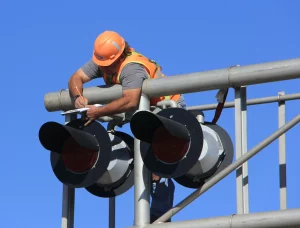
FMA method
The concept of maintainability became part of the design criteria when it became necessary to consider the entire life cycle of the costs of an asset (Life Cycle Costing). To do this, in addition to the Capital Expenditure (CAPEX, i.e. the initial investments), it was also necessary to take into consideration the most substantial part of the costs, i.e. that relating to operating, maintenance, and disposal costs (OPEX, Operating Expenditure).
However, these studies, even if carried out from the early design stages, led to results that were far from the specific purposes of maintenance, providing only qualitative indications.
For this reason, the FMA Method (Field Maintainability Analysis) aims to evaluate the negative impact of design on maintenance and to identify the equipment that needs improvement interventions to increase the maintainability rate with the related costs. Read next, 5 ways CMMS will save you money.
To carry out the FMA analysis it is useful to define a preventive maintenance plan in which the following activities are defined:
- Plant configuration,
- Implementation of work instructions for maintenance activities,
- Definition of the preventive maintenance plan (i.e. associate the relative instructions and MTTR to each asset subject to maintenance).
Subsequently, to develop the FMA method it will be necessary to implement the following steps:
- Define the characteristic parameters of maintainability (PCM),
- Identify the most significant types of equipment (TAS),
- Associate each key equipment (TAS) with its own parameters (PCM),
- Carry out a field evaluation of the intervention times on the TAS,
- Compare the results of the tested times with what is described in the standard instructions,
- Calculate any times to correct,
- Identify difficult-to-maintain equipment and price it against standard equipment,
- Determine the improvements to be made,
- Evaluate the feasibility of these improvements.
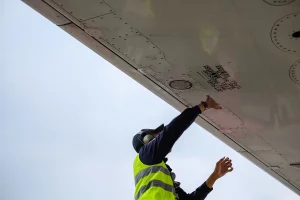
On Which Assets To Use The FMA Calculation
As mentioned, the FMA calculation method is to be considered suitable for those assets that are fundamental within the production plants.
They must therefore be the equipment that we find most widespread within the plant, which has significant preventive maintenance times and which requires frequent interventions during the year.
The choice of these features for the implementation of the FMA calculation is necessary to ensure that the annual workload is consistent with the economic commitment that could derive from any extra maintenance activities. Next, read how and why should you track fixed assets.
Analysis Of The Results
The impact of maintainability, therefore, plays an important role in maintenance in terms of hours necessary for execution where the evaluation is to be entrusted to the standard timing of preventive maintenance.
Ultimately, the goal of the maintainability calculation is to give a clear and concrete view of the extra work hours required to maintain the assets due to poor engineering from a maintenance perspective.
To these costs, however, we must also add those due to the hours dedicated to checks and corrective actions, as well as those incurred for the use of means and equipment.
The application of this method is particularly significant if carried out before the start-up of a large plant. Greater precision in the definition of the maintenance plan in fact leads to a better estimate of the maintenance budget which is the fundamental tool for the technical-managerial choices of maintenance. The FMA method can also form the starting point for defining the economic terms of comparison for the possible costs of the works for improvements and modifications to the plant that one intends to carry out. In this case, the application of the method represents an investment that produces immediate benefits. Finally, the FMA method can be used to define the technical specifications of maintainability of the various types of equipment that the engineering, in the plant design phase.
The application of the method represents an investment whose benefits are deferred but extended along the entire time span of the plant’s life cycle. Consider reading the maintenance report and why is accuracy important.
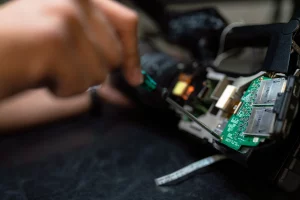
How CMMS Can Help Improve Maintainability
As we have seen, the study of the maintainability of a plant or machinery concerns many aspects of Maintenance Engineering and of maintenance itself.
In order to collect and analyze data and monitor maintenance metrics, it is, therefore, necessary to have a tool capable of returning reliable analyzes and facilitating the work of maintenance personnel.
A Computerized Maintenance Management System (CMMS) is a tool that can help monitor and track the metrics seen so far.
The real-time acquisition of data relating to everything that happens to machinery and plants such as the tracking of working hours, the number of maintenance interventions, the mean resolution time between failures (MTTR), the mean time between two failures (MTBF) or the hours devoted to scheduled or preventive maintenance, make the CMMS software the key tool for making data-driven decisions, contributing to the reduction of intervention times, machine downtime and consequent reduction of costs incurred by the company. Learn more about the best CMMS software & platforms.




